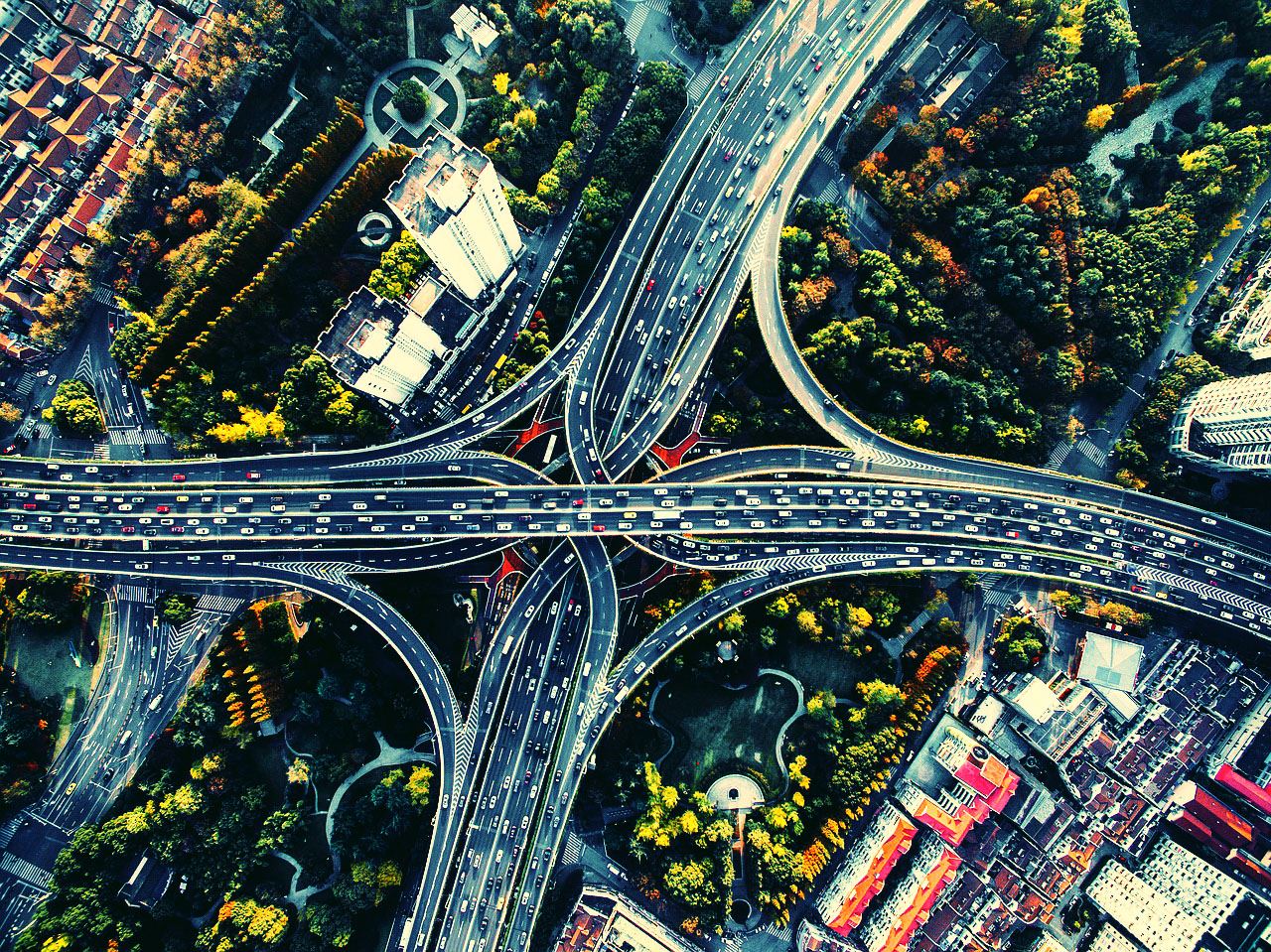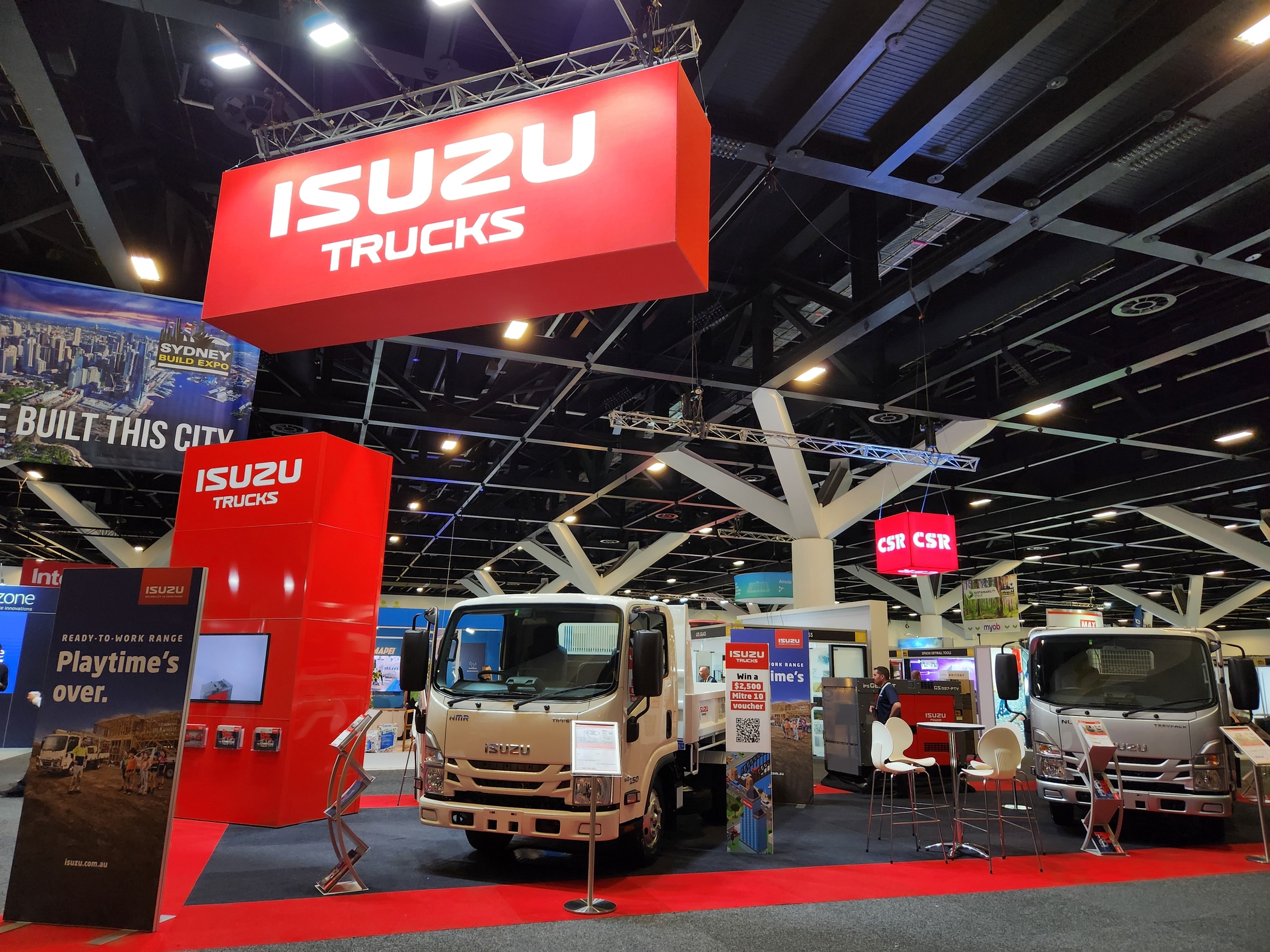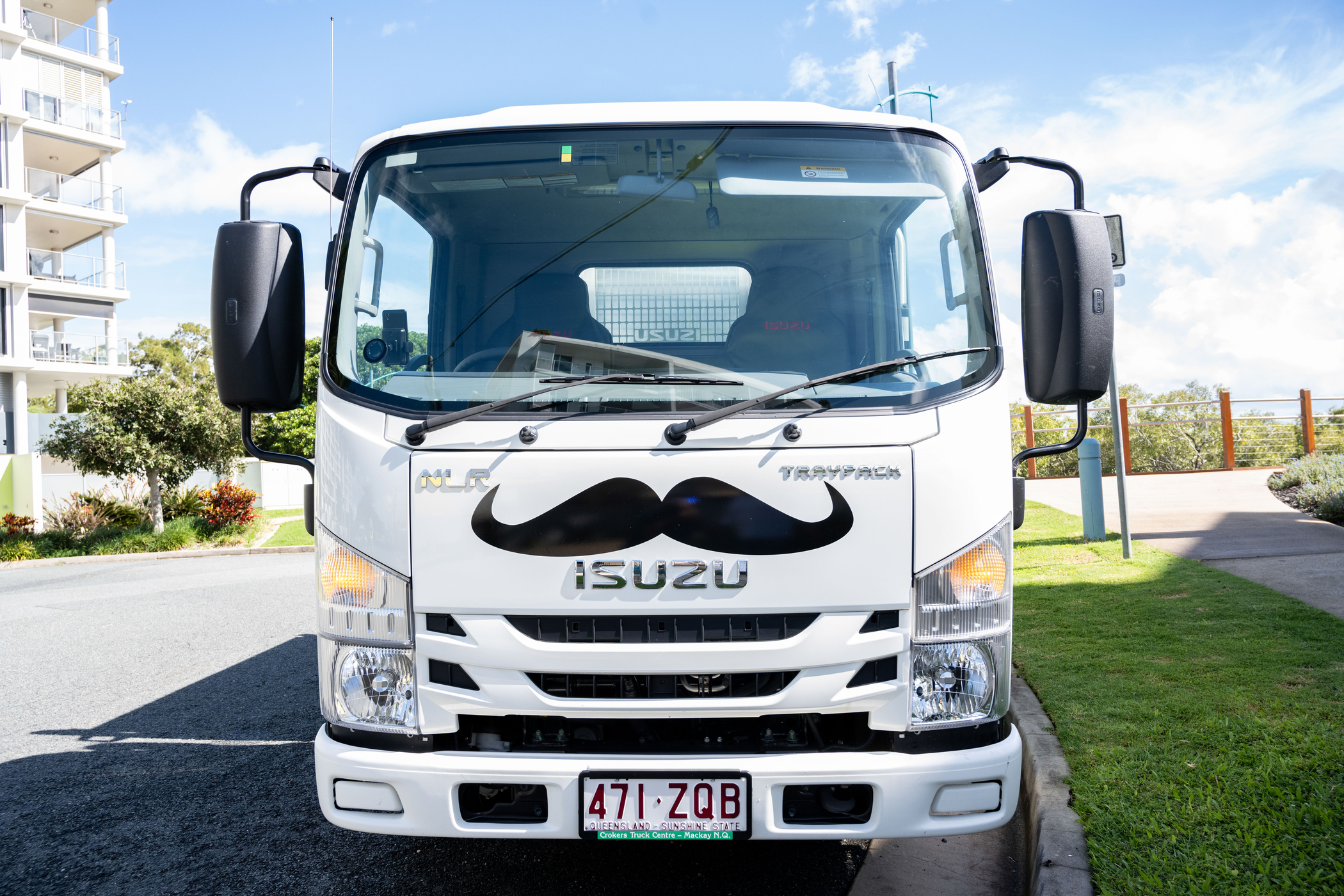BEATING THE TRAFFIC

Have you ever sat in traffic and watched a pedestrian stroll past and disappear into the sunset, all without you even moving? Ever feel you’re a traffic magnet or that you keep picking the wrong route option? Well, you’re not alone. In December 2016, Austroads produced a comprehensive 256 page report on the state of the Australasian road system, putting facts and figures around what we all instinctually know to be true: congestion is a by-product of our increasingly urbanised world. But don’t fret. We’ve sifted through the report’s pie charts, graphs and tables to present to you the most pertinent information; uncovering which roads are best avoided and which roads will help you evade the tangle. We’ve also listed a few real-time apps that can help you avoid the most clogged-up roads.
Average speed of roads
If you’re looking for common factors that make a city’s road system faster or slower, it’s not easy to discern a consistent pattern. In Australia, the order from fastest to slowest road travel goes as follows: Canberra 61 km/h, Perth 58, Brisbane 52, Hobart 42, Darwin 36, Melbourne 34, Sydney 29 and last comes Adelaide at 28. Of course, these averages are just that – averages. Not every road in these cities see vehicles chugging along at those speeds. Therefore, we’re going to drill down a little further to give you a look at some of the slowest and quickest roads.
Slowest roads nationally
In peak hour, some commonly used road routes are so slow you’d probably move quicker dragging a bag of wet cement through a puddle of glue. The slowest contenders are:
As snail paced as the above roads are on average, in peak hour some roads slow down to as little as nine kilometres per hour, as this article on Melbourne traffic attests.
Fastest roads nationally
The good news is that we’ve arrived at the list of the fastest roads. The bad news is that (owing to the Austroads report looking at Australasian data) two of the top four are located in New Zealand. Never mind.
Most delayed roads nationally
In terms of the worst delays – defined here as the roads that become most congested during peak hour as compared to non-peak hour traffic flow – the worst offenders are:
Least delayed roads nationally
The Least Delayed Roads – that is, those most consistently clear of congestion – are:
Apps
While retrospective knowledge about our cities’ main arterials is valuable, there’s nothing like real-time information across the entire road network. Here are some useful apps for navigating around Australia: Co-Pilot – routes are saved on your device so you won’t be stranded where there’s no internet. For drivers with dozens of stops, simply input them and the app will work out the most efficient route. Co-Pilot provides dynamic traffic reporting (requires internet connection). The downside is the app costs $29.99, traffic reporting is not free (after an initial 12 months of free service) and requires a subscription. Waze – a crowdsource app that provides information around accidents, travel times and even fuel prices. It lists alternative routes in real-time and estimated arrival time. The downside is that the information relies on large numbers of fellow ‘Wazers’ to provide real-time input. That said, it has been bought by Google and has 85 million users worldwide, so the information flow is likely to continue. Google Maps – With one billion monthly users, Google Maps has a mountain of data. Unlike Waze however, it doesn’t have the number of crowdsourcing inputs like hazards and weather conditions. Note that Waze and Google Maps are general-application driver apps. While you can use them to check on updated traffic conditions, they won’t provide you with information about road weights, bridge heights or hairpin turns, so it’s important to take these factors into account when deciding whether a quicker option is suitable for your vehicle. Traffic apps for truck drivers are still a work in progress with teething issues. There is still no substitute for the old brain box, so keep that switched on at all times and use the above as guides and tools rather than the last word on traffic conditions.


Playtime’s over, get $3,500* to spend on extras.
If you’re ready to get serious about tackling bigger jobs, grab yourself an NLR 45-150 AMT SWB Traypack from the Ready-to-Work range for $62,990 drive away*. And to prove we aren’t playing, buy any NLR Traypack before June 30 and you’ll get $3,500* to spend on genuine accessories or an Essentials service agreement.
Learn more



